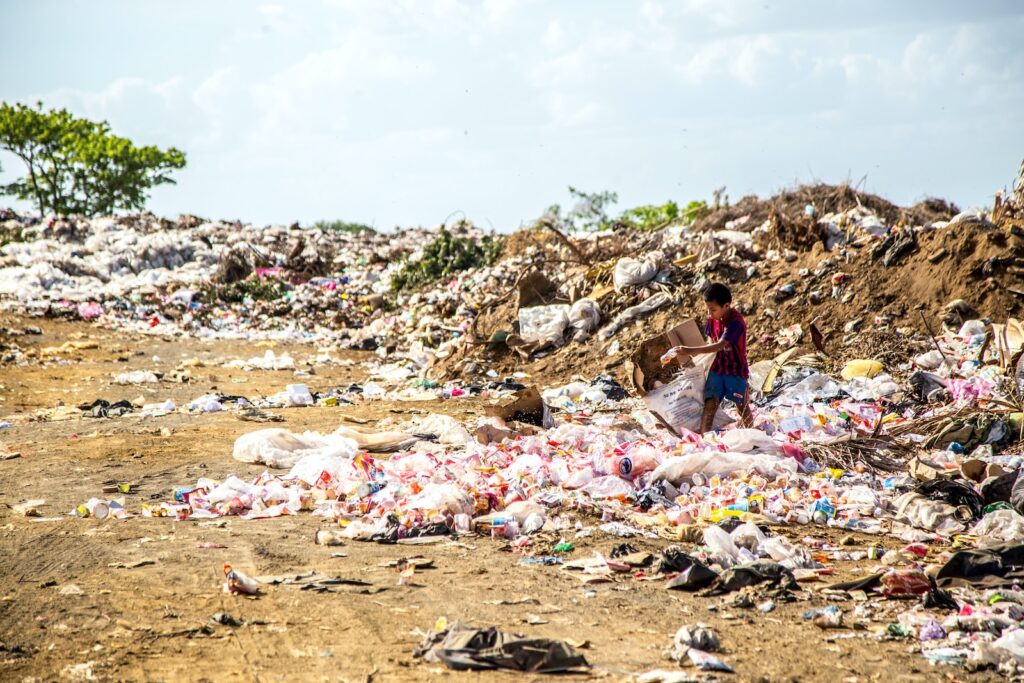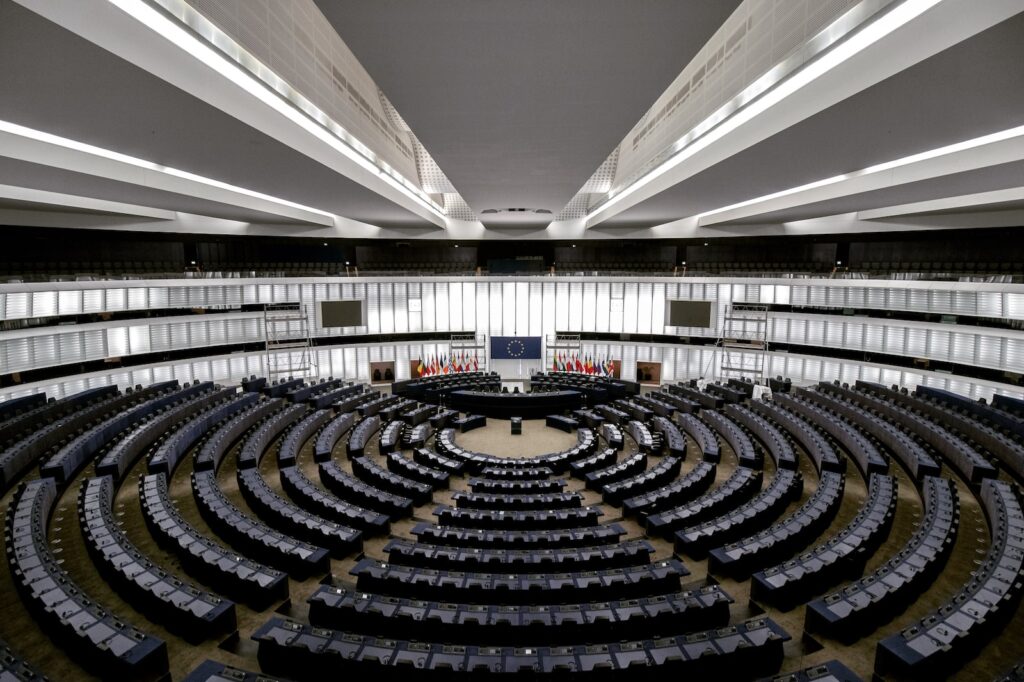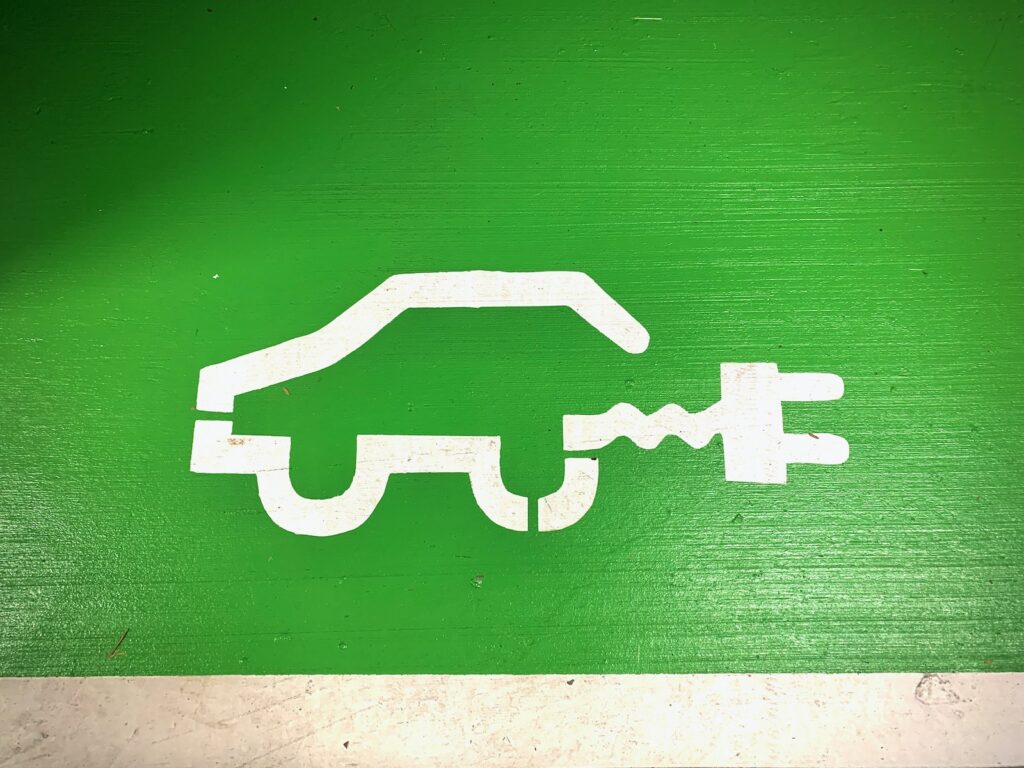Introduction
We live in a majestic world, a vibrant tapestry of diverse ecosystems and life forms. This world, our planet, is our only home. Preserving our planet is more than just a noble cause – it’s a prerequisite for the survival and well-being of every creature that calls Earth home. Each of us, as individual threads in this intricate tapestry, has a part to play in safeguarding our shared home. And this article aims to spark a journey From Awareness To Action: How We Can Protect Our Planet.
Our planet, in its present state, is akin to an alarm clock blaring in the early morning hours, jolting us awake with a potent reminder of the urgent need for action. The booming cries of wildlife nearing extinction, the once mighty glaciers melting into oblivion, the forests gasping for breath under a shroud of smoke, and the oceans choking on a diet of plastic – all are stark indicators of the dire state of our planet.
The severity of these issues is not to instill fear but rather to underline the pressing need to transition from passive observers to active participants in the fight to protect our planet. The goal of this article is not only to raise awareness about the current situation but, more importantly, to explore tangible, actionable ways that each one of us can contribute to the protection and restoration of our planet.
Addressing these challenges requires understanding their origins. Therefore, we will delve into Understanding the Impact on Our Planet, exploring the various factors contributing to our planet’s degradation and explaining the consequences of inaction. The situation calls for urgency, and that will be at the forefront of our discussion.
However, it’s not all doom and gloom. There’s a palpable sense of power that comes with realizing that each one of us can make a difference. In the section The Role of Individuals in Protecting Our Planet, we’ll discuss the influence of individual actions and provide practical examples of small daily habits that can have a substantial impact.
Next, we will tackle the importance of collective effort in the section The Importance of Collaboration. We will explore how global initiatives and movements have succeeded in driving change and encourage readers to become part of this collective action.
The part that businesses and organizations play is not to be understated. In the section Sustainable Practices for Businesses and Organizations, we will highlight the benefits of implementing sustainable practices in everyday operations.
Finally, we’ll delve into the exciting world of green technology in Innovation and Technology for a Greener Future and explore the changes needed in governmental policies in Government and Policy Changes for a Greener Planet.
With so much to look forward to, we invite you on this journey from awareness to action. Each of us has a role to play, and together, we can make a difference. Let’s strive for a brighter, greener future for our planet. A journey of a thousand miles begins with a single step. Let that step be taken today!
Understanding the Impact on Our Planet

As we dive into understanding the impact on our planet, it’s crucial to grasp the gravity of the situation. Our beautiful blue orb, spinning in the vast expanse of space, is under threat. Our actions and decisions are taking a toll on its health, and the effects are far-reaching and devastating.
Contributing factors to this degradation are numerous, with some more pronounced than others. Let’s explore a few:
- Deforestation: Our forests, often referred to as the ‘lungs of the earth’, are disappearing at an alarming rate, clearing the way for agriculture, logging, and urbanization. This not only reduces biodiversity but also impacts climate regulation.
- Pollution: Be it air, water, soil, or noise, pollution is a consequence of our industrialized lifestyle. The toxins released into the environment harm numerous species, including humans, and upset the balance of natural ecosystems.
- Overconsumption: Our modern societies are built on a model of constant consumption and waste, putting enormous strain on the world’s resources and contributing to a host of environmental issues.
It is not an exaggeration to say that the consequences of inaction are dire. Ecosystems are losing their ability to regenerate. Species are going extinct. Climate patterns are becoming unpredictable and extreme, often leading to catastrophic events such as floods and wildfires. Without a doubt, the time to act is now.
- The urgency of the situation cannot be overstated. Each passing day without significant change brings us closer to irreversible damage.
- Our planet’s health is tied intricately with our own well-being. The disappearance of a single pollinator species or the contamination of a single water source has a domino effect, impacting food production, livelihoods, and ultimately, human health.
- The beauty, wonder, and diversity of our natural world are priceless. Without them, our planet and our lives would be immeasurably poorer.
It is, therefore, evident that protecting our planet is not just an ethical responsibility, but also a practical necessity. The awareness of our planet’s plight must be turned into action. This section serves not to incite fear but to ignite passion and determination. We hope that by understanding the impact of our actions on our planet, we can begin to make wiser, more sustainable choices.
The Role of Individuals in Protecting Our Planet

As we navigate the complexities of our environmental crisis, it’s easy to cast blame on large corporations and government agencies. While these entities play a significant role, there is also a compelling argument for the power of individual actions. Each of us has the capacity to make a difference, to turn the tide in favor of restoring and preserving the health of our planet.
Take the example of recycling. This small, daily habit that we can adopt greatly reduces the amount of waste sent to landfills and conserves natural resources. Each year, a single individual who recycles can save the equivalent of 11,000 kilowatt-hours of energy. Imagine the impact if we all joined this effort!
- Minimizing single-use plastics can also scale to have a remarkable impact. Opting for reusable bags, bottles, and containers might seem trivial on its own. Still, collectively, this habit can vastly reduce our reliance on plastic, a major pollutant.
- Choosing locally sourced, organic food not only promotes better health but also supports sustainable farming practices and reduces carbon emissions associated with transport.
- Commuting smarter – whether carpooling, cycling, or using public transport – can dramatically reduce our carbon footprint.
The brilliance of individual actions is that they often ripple outwards, influencing those around us. Our choices can inspire others to follow suit, amplifying the effect. Each of us has a sphere of influence – within our families, our communities, our workplaces. When we make sustainable choices, we model the way for others.
- Become a conscious consumer: Research and support businesses that prioritize environmental responsibility. Your purchasing power can drive change.
- Reduce, Reuse, Recycle: Embrace the principle of the “Three R’s” in your everyday life.
- Share your journey: Use your social media platforms to share your efforts in living sustainably. You never know who you might inspire.
Protecting our planet is not merely the responsibility of governments or corporations. It is a collective task, where each of us has a role to play. The fact is, our individual actions matter. They add up, sparking change that can ripple outwards. Our everyday choices, our behaviors, and habits can shape a future where our planet thrives. It begins with each of us.
The Importance of Collaboration

If we are to make significant strides in protecting our planet, we must view it as a collective responsibility, an endeavor that requires cooperation and synergy from all quarters. Like a choir harmonizing a melody, the impact of our individual efforts can be amplified when we sing from the same hymn sheet, synchronizing our actions and pooling our resources. This is the heart of collaboration.
Just as a single droplet of water does little to quench a thirst, individual actions, while important, may not achieve the sweeping changes necessary to curb the degradation of our planet. However, when these droplets gather, they form an ocean of change, potent enough to quench the fiery threats facing our planet.
- We see the power of collaboration in the success of global initiatives such as the Paris Climate Agreement. By bringing nations together to commit to reducing greenhouse gas emissions, it has shown that when we band together, we can pioneer significant change.
- Movements like Fridays for Future, initiated by the young climate activist Greta Thunberg, have inspired millions of students globally to strike in the name of climate change. This demonstrates that collective action can ignite global awareness and push for urgent changes.
But collaboration is not exclusive to grand international movements or policy agreements. It can bloom in our communities, neighborhoods, and friend circles. It can thrive among local businesses, between different generations, and within families. Whether it’s through community-led clean-ups, shared gardens, or local sustainable projects, when we team up, we can create ripples of change that can eventually turn into waves.
- Organize a neighborhood recycling program. This can include arranging for recyclable trash pick-ups or sharing tips on how to reduce waste.
- Start a community garden. Not only does this promote a sense of community, but it also encourages sustainable farming practices and provides fresh, local produce.
- Coordinate a carpooling system with your neighbors or co-workers. Fewer cars mean less pollution.
In conclusion, protecting our planet is a task that transcends borders, cultures, and socio-economic backgrounds. It’s a collective responsibility and requires our united efforts. By joining or supporting environmental organizations and movements, our individual actions can be amplified, forming a symphony of change that can echo around the world.
It’s time for us to shift from awareness to action and remember that when we collaborate, we are stronger. Together, we can protect our planet and foster a sustainable future for generations to come.
Sustainable Practices for Businesses and Organizations

We live in a time where businesses and organizations are no longer mere profit-making entities, but crucial players in the fight against environmental degradation. It’s imperative that these entities shoulder the responsibility of making a positive ecological impact. To this end, adopting sustainable practices is not just a choice, but a necessity.
Many businesses are now realizing the manifold benefits of implementing sustainable practices. Aside from contributing to the preservation of our planet, these practices also foster a more efficient, innovative, and economically viable business model.
- Energy Efficiency: Energy conservation is a key aspect of sustainability. Businesses can opt for energy-saving appliances and machinery, invest in renewable energy sources, and encourage habits like turning off lights and equipment when not in use.
- Waste Management: Effective waste management is another cornerstone of sustainability. This involves implementing practices such as recycling, composting, and reducing single-use items in the workplace.
- Green Procurement: Businesses can influence their supply chains by choosing to purchase from suppliers that prioritize sustainability. This includes suppliers who adhere to ethical labor practices, use eco-friendly packaging, and minimize their carbon footprint.
Successful examples of sustainable business practices are becoming increasingly prevalent. Companies like Patagonia, for instance, have leveraged sustainability as a business strategy, committing to responsible sourcing, fair labor practices, and environmental activism. Their success serves as an inspiration for other organizations to follow suit.
- Patagonia: This outdoor clothing company is known for its environmental activism and sustainable supply chain. They donate a portion of their profits to environmental organizations and encourage customers to repair and reuse their products.
- Interface: A global commercial flooring company, Interface has taken major strides in sustainability. They have committed to becoming a carbon neutral company and are pioneering in the use of recycled materials in their products.
While the initial investment in sustainable practices may seem daunting, the long-term payoff, both for the planet and the business, makes it a worthwhile endeavor. We must remember, the health of our businesses is inextricably linked to the health of our planet. In the words of Sir Richard Branson, “There’s no business on a dead planet.”
Let’s encourage businesses and organizations to step up, make a difference, and show the world that profitability and sustainability can coexist. After all, our common goal is to create a thriving, resilient, and sustainable future for all.
Innovation and Technology for a Greener Future

The future of our planet depends not only on our actions but also on our inventions. Innovation and technology play a pivotal role in ushering in a greener future, a future where sustainability is not just a buzzword, but a way of life. Let’s delve into how technology can aid us in our fight against environmental degradation.
Firstly, renewable energy sources are the vanguard of our battle against climate change. These energy sources, such as wind, solar, and hydroelectric power, are not only inexhaustible but also produce minimal greenhouse gases. They are a stark contrast to traditional energy sources that are both finite and heavy polluters.
- Solar Power: Advances in solar technology have drastically reduced the cost of solar power. As a result, solar panels are becoming a common sight on rooftops around the world, reducing reliance on grid-based electricity sourced from fossil fuels.
- Wind Power: Wind turbines are another manifestation of green technology. They harness the power of the wind, converting it into electricity. Countries like Denmark and the UK are leading the way in wind energy usage.
- Hydroelectric Power: The use of water bodies to generate electricity is an age-old practice. However, the development of smaller, more efficient turbines has made this technology accessible at a community level.
But the influence of innovation and technology isn’t confined to energy production. It extends to a variety of sectors, including transportation, agriculture, and waste management. Electric vehicles, precision farming, and recycling technologies are all part of this technological green revolution.
- Electric Vehicles: Tesla’s success has demonstrated the viability of electric vehicles. They not only reduce carbon emissions but also, in the long run, are more economical.
- Precision Farming: Technologies like GPS, data analysis, and automated hardware are helping farmers increase yield and reduce waste, making agriculture more sustainable.
- Recycling Technologies: Innovations in recycling help us manage waste more efficiently, converting it into useful products, and reducing landfill.
Indeed, the power of innovation and technology in creating a greener future cannot be overstated. However, while these inventions are exciting and necessary, it’s crucial to remember that they should complement, not replace, our efforts to live sustainably. Technology gives us the tools to protect our planet; it is up to us to use them wisely.
As readers, we can support this green technological revolution in multiple ways. We can opt for green energy providers, choose electric vehicles over petrol/diesel ones, and support companies that prioritize sustainability. Together, we can encourage the growth of green technology, and, in turn, safeguard our planet.
Government and Policy Changes for a Greener Planet

When it comes to safeguarding our planet, public policy plays a pivotal role. In this section, we will delve into the significance of government intervention and policy alterations for creating a greener, more sustainable future.
Government, simply put, is the steering wheel that guides the route towards sustainable development. It is their responsibility to enact and enforce policies that can steer us away from environmental destruction and towards a brighter and greener future.
Just imagine this scenario: A forest of policies, each tree representing an enacted law or regulation, protecting our environmental wildlife. Like a shield, these policies protect our ecosystem from the fiery blaze of unsustainable practices. Without these protective measures, our planet would be laid bare to the harmful effects of climate change. However, with the right set of rules, we can create a barrier against harm and stimulate the growth of a greener planet.
- Environmental Policies – Governments can create and implement environmental regulations to control pollution, promote recycling, and encourage sustainable practices. This includes rules that limit carbon emissions, ban single-use plastics, and incentivize renewable energy consumption.
- Green Infrastructure – Public expenditure on green infrastructure, like urban parks, green roofs, and green walls, can not only add to our planet’s aesthetic beauty but also contribute to combatting the urban heat island effect and improving air quality.
- Policy Incentives – Policymakers can offer incentives to encourage both individuals and businesses to adopt greener habits. These can range from tax breaks for installing solar panels to grants for research into clean energy solutions.
These are just a few examples of how governmental policy changes can foster a more sustainable environment. But it’s not enough for these policies to exist – they must also be effectively enforced and continually reviewed to ensure they’re achieving their intended outcomes.
Take, for instance, the Paris Agreement. Signed by various nations across the globe, this environmental treaty aims to limit global warming. It’s a clear testament to the power of collective governmental action and the impact it can have on our planet.
Therefore, as citizens, it’s crucial that we advocate for and support these environmentally-friendly policies and regulations. It’s not about painting the town green, but rather about forming a global alliance that is committed to creating a greener planet.
Each vote, voice, and view counts. Let’s stand together for policy changes that encapsulate not just the needs of our generation but also the needs of those to come. We have the power to influence the direction of our planet’s future. Let’s use it to steer towards a greener horizon.
Conclusion
Through this journey, we have traversed the diverse landscapes of our collective responsibility towards our planet. From the role of individuals, to the importance of collaboration, sustainable practices for businesses and organizations, and the role of innovation, technology, government, and policy changes, it is clear that protecting our planet is a multidimensional effort. As we conclude this enlightening exploration, let us summarize the key points and reinforce the momentum for action.
Firstly, never underestimate the power of individual actions. Small daily habits, such as recycling, reducing water usage, and opting for eco-friendly products, can aggregate into a tidal wave of positive change. It’s the conscious choices we make every day that culminate in the protection of our planet.
Secondly, the potency of collective action cannot be overstated. Our planet’s protection is a shared responsibility. We should all strive to support environmental organizations, join global initiatives, and participate in movements that aim to create a greener future.
Thirdly, businesses and organizations wield immense influence. By implementing sustainable practices, they not only reap the benefits of cost-efficiency and consumer goodwill but also contribute to the broader objective of planet protection.
Fourthly, the marvels of innovation and technology offer a beacon of hope. Renewable energy sources and eco-friendly technologies can revolutionize our approach to sustainability. We can all contribute by supporting and investing in green technology initiatives.
Finally, the role of government and policy changes is pivotal. We should all advocate for environmentally-friendly policies and regulations that can pave the way to a sustainable future.
- Take a moment to reflect on the impact of your choices and actions on our planet.
- Make sustainable decisions in your daily life and encourage others to do the same.
- Support collaborative efforts towards environmental conservation.
- Advocate for green policies and support businesses that prioritize sustainability.
As we conclude, let us not forget that the potential for a brighter and greener future lies in our hands. It’s about making a difference, one action at a time. The journey from awareness to action is a critical one, and we hope this article serves as a compass guiding you towards an environment-conscious lifestyle.
Our planet is not just a place we live in; it’s our home, and it deserves our utmost care and protection. Let us all come together to secure a greener, brighter future for generations to come. Remember, the best time to act was yesterday. The next best time is now.

